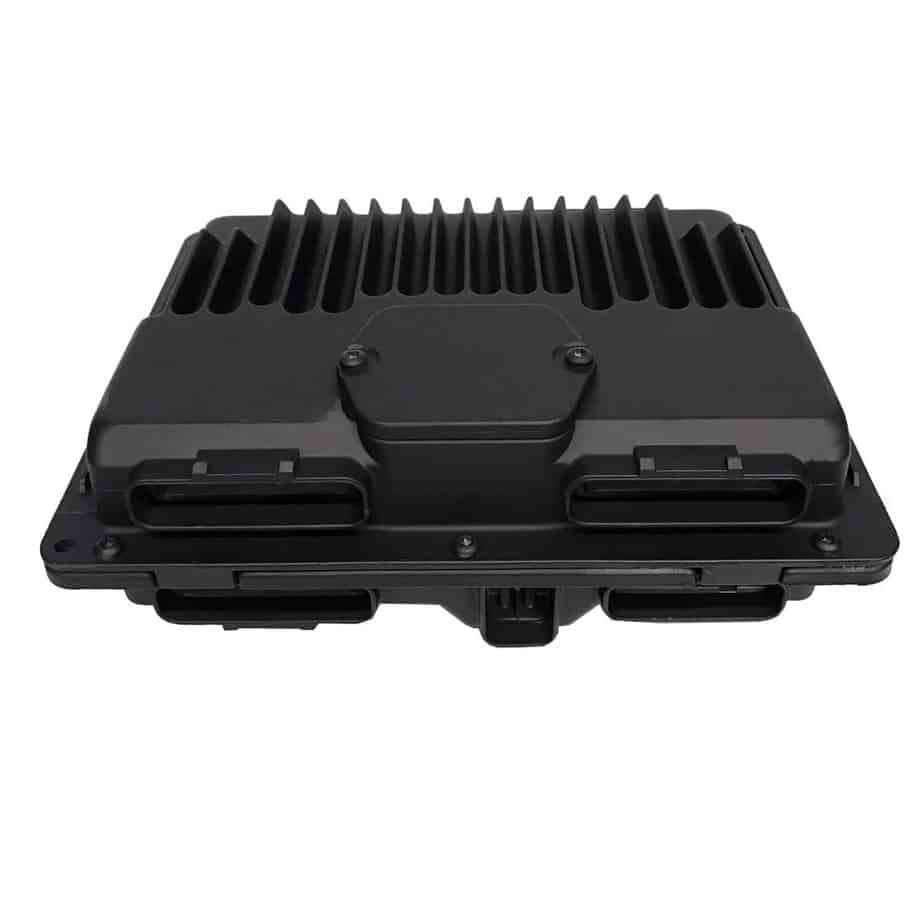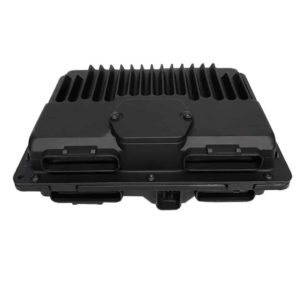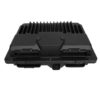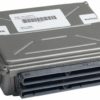Is Your 1999-2000 Sierra 1500 Plagued by Electrical Gremlins?
If you’re dealing with a truck that won’t start reliably, shifts hard, or has a Check Engine Light that just won’t go away, you know the frustration. These classic GM trucks are workhorses, but when their central computer—the Powertrain Control Module (PCM)—starts to fail, it can create a cascade of baffling and expensive-to-diagnose problems. You’re not just losing a reliable vehicle; you’re losing peace of mind.
From My Bay to Your Driveway: Diagnosing a Failing PCM
In my 20+ years as a technician, I’ve seen hundreds of these GM trucks and vans from this era roll into the shop with symptoms that leave owners scratching their heads. The cause is often a failing PCM, weakened by two decades of heat cycles and engine vibration. The internal components, like capacitors and solder joints, simply wear out.
Here are the classic symptoms I check for first:
- ✔ No-Start or Intermittent Start: The engine cranks but won’t fire up, or only starts when it feels like it.
- ✔ Harsh Shifting or Transmission Issues: The transmission may slam into gear, hesitate between shifts, or feel like it’s slipping.
- ✔ Engine Stalling: Your truck might stall unexpectedly at a stoplight or even while driving.
- ✔ Persistent Check Engine Light (CEL): You may have codes stored that relate to multiple sensors, or even communication error codes (U-codes) that indicate the PCM isn’t talking to other modules correctly.
- ✔ Poor Performance & Fuel Economy: A noticeable drop in power and more frequent trips to the gas station are common as the PCM struggles to manage the engine.
Expert Pro Tip: Check Your Grounds First!
Before you spend a dime on a new module, do this 15-minute check. On these GM trucks, a corroded or loose ground connection can mimic a bad PCM perfectly. I’ve had countless vehicles come in with a ‘no-communication’ issue that was fixed by simply cleaning the main ground strap from the engine block to the frame and checking the battery terminals. Grab a wire brush and make sure those connections are clean and tight. It’s the first thing any seasoned tech does and could save you a lot of time and money.
The Right Part, Programmed the Right Way
This isn’t just a replacement part; it’s a comprehensive solution. We are providing a Powertrain Control Module that is professionally programmed specifically for your truck using your Vehicle Identification Number (VIN). This is the critical step that many sellers skip.
Why does our VIN programming matter?
- ✔ Latest GM Software: We load the most current GM calibrations available. These updates, released years after your truck was built, often contain crucial fixes for drivability, shifting, and emissions issues that were discovered after the fact.
- ✔ Perfect Vehicle Match: Your VIN tells us everything—the engine, transmission type, gear ratios, and even tire size. Programming the PCM with this data ensures all systems operate exactly as the factory intended.
- ✔ No Dealer Visit Required: This module arrives at your door ready to be installed. You avoid the hassle and expense of having your truck towed to a dealership for programming, saving you time and hundreds of dollars.
Installation is Straightforward
On most 1999-2000 Sierra 1500 models, the PCM is located in the engine compartment, on the driver’s side, often under the battery tray. The process is simple: disconnect the battery, remove the mounting bolts, carefully unplug the electrical connectors from the old unit, and install the new one in its place. After installation, a Crankshaft Variation Relearn (often called a CASE relearn) may be required with a capable scan tool to ensure perfect timing synchronization. While many trucks will run without this step, we highly recommend it for a complete and proper repair.
Guaranteed Compatibility
This module is a direct replacement for part number 16263494 and is also compatible with service numbers 16265035, 8162634940, 218-11787, and 21811787. Please verify the part number on your existing module or check our detailed fitment list to ensure you’re ordering the correct part for your vehicle.



